Description, composition and characteristics
Wallpaper is sold in rolls with a width of 0.53 - 1.06 meters, a length of 10 to 25 meters. They consist of several layers: the base can be paper, non-woven or fabric, then there is an opaque layer masking small irregularities in the walls and on top is a decorative layer of vinyl (polyvinyl chloride) that can be wet cleaned.
A label with the technical characteristics of this type of vinyl wallpaper, on which with legend (marking) contains instructions on sticking, technical specifications, environmental friendliness of the material, vapor permeability and so on.
Specifications
| Vinyl Wallpaper Roll Feature | Description |
|---|---|
| Properties of vinyl wallpaper |
|
| Width | The most common sizes are 0.53 and 1.06 meters. European manufacturers have rolls 0.75 m wide. |
| Length | 10.05 meters is the standard length of a roll of wallpaper. You can also find rolls 15 or 25 meters long on the counter. |
| Weight | Varies from 0.9 to 4.0 kg. The weight of the roll depends on the length, width, base layer and quality of the vinyl. |
| Density | From 250 to 320 grams per 1 meter square canvas. |
| Life time | High-quality vinyl material can last up to 15 years. |
Pros and cons
| pros | Minuses |
|---|---|
| Suitable for pasting on any surfaces (plaster, concrete, putty, drywall). | Large changes in temperature or humidity are not well tolerated, but with sufficient ventilation and the use of a primer with an antiseptic, the formation of fungus can be avoided. |
| Relief vinyl wallpapers will help to hide small wall defects. | |
| Suitable for any room. | Poor vinyl can have a specific odor that resembles the smell of plastic. |
| You can choose the canvas for any interior design. | Do not let in air. A common problem of vinyl wallpapers is that they "do not breathe", as they are moisture resistant. However, for bathrooms or kitchens this is more a plus than a minus. |
| A wide range of prices - from the most budget to luxury. | |
| Due to their multi-layering, they do not shine through and have soundproofing properties. | The toxicity of cheap wallpaper options. Formaldehydes can be a part, they can be dangerous at allergies. To avoid this drawback, it is enough to find an environmental safety sign on the label. |
| Coating strength. Vinyl wallpapers are wear-resistant wallpapers. |
Variants of the basics and their features
As mentioned above, vinyl wallpaper consists of several layers. The basis of the material may be non-woven, paper or fabric.
Non-woven backing
Such a base does not absorb water at all, therefore, when gluing such canvases, glue is applied to the wall, which greatly simplifies the gluing process. Also, such vinyl paintings due to their high density can imitate the texture of stone, wood or any kind of fabric. Cloths on a non-woven basis are suitable for painting.
Paper base
It is thinner than non-woven and has less wear-resistant characteristics, but such a material will cost less.
Fabric base
It is quite rare - in premium wallpapers. Such canvases are resistant to deformation and hold their shape well for many years.
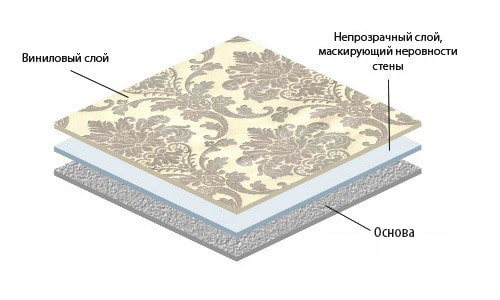
Which base is better to choose?
Each consumer must decide for himself what characteristics a wall covering in his interior should have. Below is a table with comparative characteristics of the different types of basics of vinyl wallpaper.
| Non-woven backing | Paper base | Fabric base |
|---|---|---|
| It does not absorb moisture, suitable for painting up to 7 times, which will allow you to change the interior without re-sticking the room. | It gets wet, so when painting such a material, it is likely that the seams will open. | It has a special impregnation, is suitable for painting. |
| They do not expand when wet, which means they will not shrink when dry, and the joints glued back to back will not come apart. | It expands under the action of glue applied to it, and narrows when it dries. Therefore, pasting walls with such material can be problematic. | It does not deform after drying. |
| The price per roll is quite reasonable. | Belong to the budget price category. | It is used on premium-class wallpapers, respectively, and the price for such repairs will be high. |
From the price-quality ratio, we can conclude that the best option is the choice of non-woven wallpaper, but the final choice is left to the buyer.
Types of Vinyl Wallpaper
Modern manufacturers offer a choice of a large selection of the top layer, that is, the vinyl itself.
Foam vinyl structural wallpaper
They can imitate abstract drawings, texture of fabric, raw stone and even wood. Designed for painting.
The photo shows light wallpaper with a relief pattern.
Hot stamping
The production process of such wallpapers is high-tech. First, foamed polyvinyl chloride is applied to the base, and then it is treated with special rollers.
Compact vinyl (also smooth or flat)
Such vinyl linens are ideal for the kitchen, as the compact vinyl coating is not afraid of even brushing.
Polyplen
Suitable for use not only in the kitchen, but also in the children's room and even the bathroom. You can wash such walls an infinite number of times.
Heavy vinyl
It will be a little problem for people without experience to stick such vinyls because of their heavy weight, but with such canvases it is possible to mask the deep unevenness of the walls.
Chemical embossed (inhibition)
Such material is resistant to ultraviolet, that is, it does not fade and is not afraid of moisture.
Silk screen printing
When light comes in from different angles, they imitate a shiny silk fabric. Most often, this type of vinyl material is chosen for classic interiors.
For painting
Suitable for people who like to often change the environment. After all, repainting the walls in a different color is much easier than re-glueing them.
In the photo, monophonic wallpaper for painting.
Washable
Suitable for use in the bathroom or in the kitchen. They withstand even a small abrasive, but it is better to refrain from using too caustic chemistry when washing such walls.
In the photo, the walls in the kitchen are decorated with meter-long wallpaper with a washing surface.
Design Options and Drawings
Everyone will be able to choose a picture to taste and color, because now manufacturers are following fashion trends and offer a choice of vinyl paintings with a variety of ornaments, patterns, geometric patterns (the geometry looks best in large size), floral and animal prints, sights world capitals, popular fairy-tale heroes and so on.
In addition, textured vinyl wallpapers imitating stone, brick, plaster, wood, snake or crocodile skin are gaining the most popularity. If you have the taste and experience, you can successfully combine different types of vinyl wallpaper and create a unique interior.
Presentation in various styles
Vinyl wallpaper is a universal modern material that is suitable for any style of interior.
- Vinyl wallpapers imitating masonry or plaster are suitable for the loft style that is gaining popularity.
- In modern or Scandinavian style, you can use imitation wood.
- For Provence style, you can pick up a picture in a small flower.
In the photo, texture wallpaper under concrete.
The photo shows a marine-style bathroom. The walls are decorated with dark themed vinyl wallpapers.
Color palette
Includes the entire rainbow spectrum and even more. In addition to red, yellow, green, beige shades, you can find pearl, silver, golden, copper overflows that change color depending on the angle of refraction of light on them.
The photo shows a living room design in pastel colors with pale green wall-paper with a gold pattern.
Examples of photos in the interiors of rooms
Below is a selection of photo illustrations of vinyl wallpaper in the interior of the apartment: in the living room, kitchen, bedroom, nursery, bathroom and hallway.
Selection rules
Vinyl wallpapers for a reason received a wide variety. The fact is that for each room you should choose a certain type of wallpaper:
- Washable on a non-woven basis are suitable for the kitchen.
- For the living room you can use any kind of wallpaper.
- For the bathroom, preference should be given to smooth vinyl wallpaper, which is quite capable of replacing ceramic tiles.
- For the corridor, you can use any type of vinyl wallpaper with anti-vandal coating.
How to glue?
Sticking vinyl wallpapers is quite simple. Due to their high density, it is quite difficult to tear them; high-quality material does not shrink when dried and does not deform. Any person can tap such wallpapers on their own, even without experience. Begin with the preparation of the walls. It is necessary to remove the old wall covering, if there is bare stucco under them - it is necessary to putty the walls, then prime the glued surface.
It is not practical to glue vinyl wallpaper and silk-screen printing. Start gluing the room should always be from the window. And then you should follow the instructions on the roll insert, there you can find information whether it is necessary to apply glue to vinyl wallpapers, how long they should be soaked with glue if necessary, and so on.
How to remove vinyl wallpaper?
This process is not easy, as they consist of several layers.
Step-by-step instruction
- First you need to tear off the top layer of vinyl with a spatula or knife. It is advisable to do this from the floor.
- Next, carefully remove the upper layer of wallpaper from the bottom by pulling.
- If the bottom layer was paper, you need to thoroughly moisten it with water and leave it for 5 minutes, and then with the help of a spatula it can easily be removed with large layers.
- If the canvases were on a non-woven basis, it is not necessary to remove its residues. This layer will be a good basis for gluing new wallpapers.
Video guide
Painting Features
Can I paint?
The answer to this question is positive if vinyl material is intended for this. This information can be found on the roll sheet of the manufacturer.
How to paint?
Here are a few subtleties of painting vinyl wallpaper:
- Start painting the walls no less than three days after wallpapering, that is, when the glue is completely dry.
- The paint must necessarily be water-based (preferably acrylic or latex).
- When using a tint, it is necessary to breed it immediately for the entire volume, otherwise it will not be possible to achieve exactly the same batch. Wall sections painted with different mixtures will differ in shades.
- The glued cloths should be cleaned of dust and dirt before painting.
- You need to start painting the walls from the bottom, moving up.
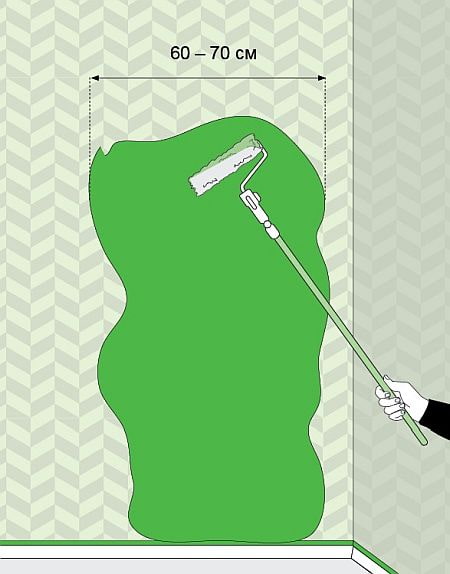
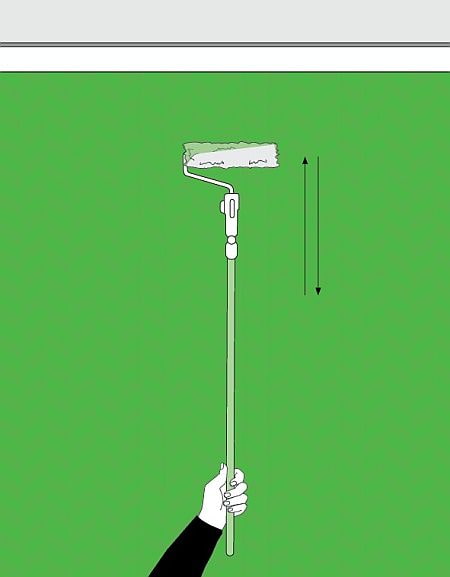
Care and cleaning rules
From time to time you need to wipe them from dust and cobwebs with a dry cloth or vacuum. At least once a year, wash them. How to do this correctly, without damaging the material, we consider below:
- Use clean water or a slightly diluted soap solution for washing.
- Remove excess moisture and soap while washing.
- Immediately after washing, wipe the walls dry with a cotton cloth.
- Walls are washed from bottom to top, and it is necessary to wipe from top to bottom so that there are no stains.
- In no case should you use when washing products that contain acetone.
Photo gallery
Vinyl wallpapers look very stylish and original, resistant to fading, unlike other types of wallpaper.

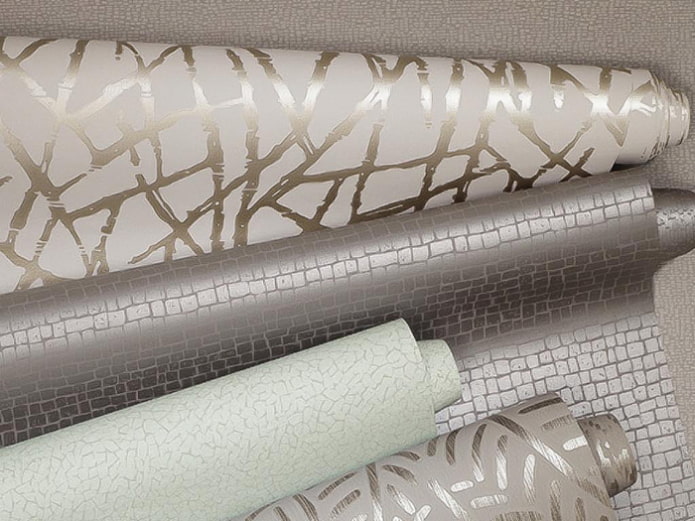
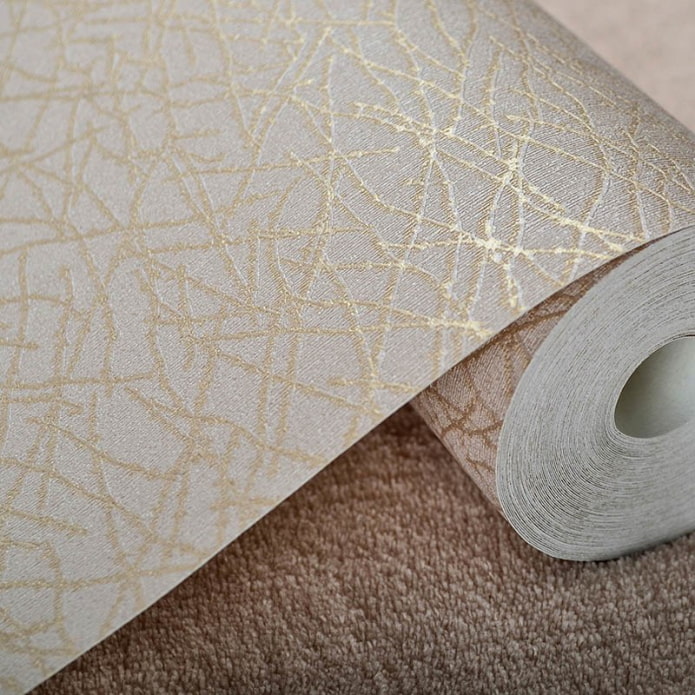
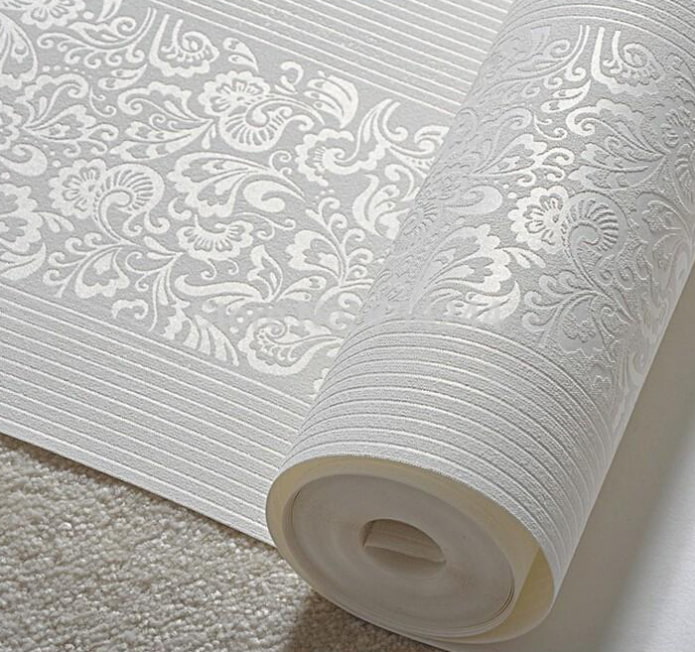
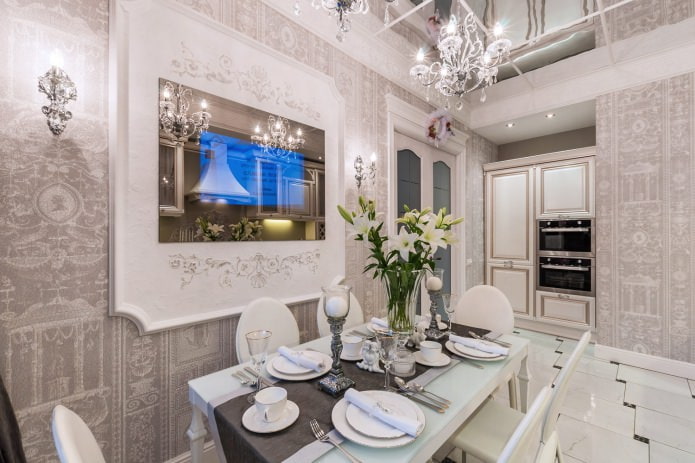

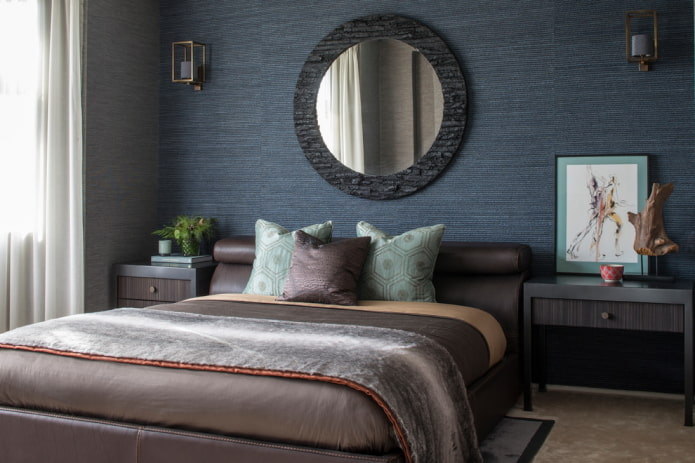
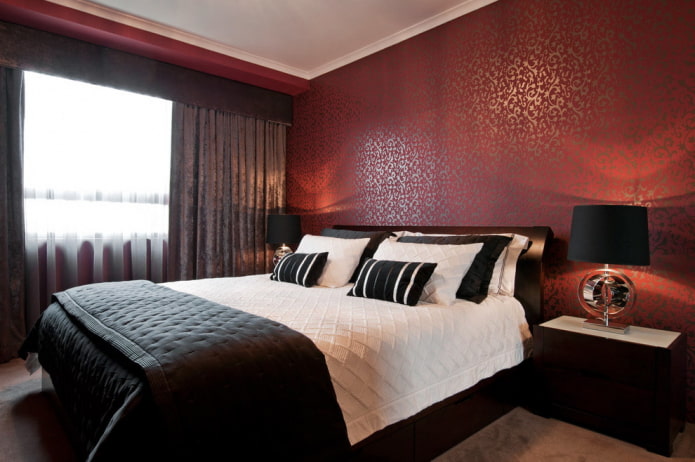
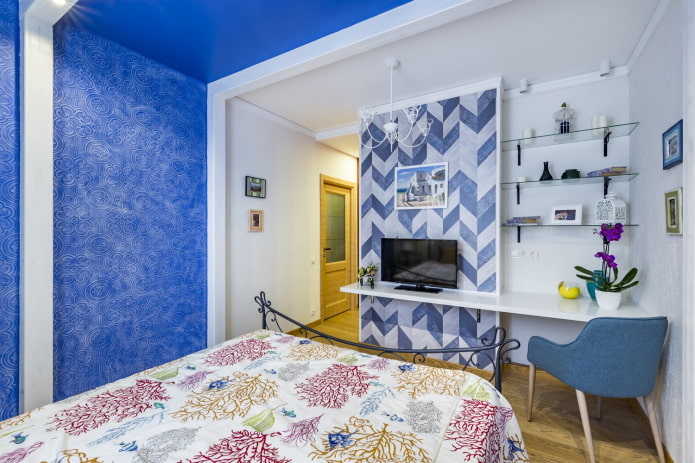
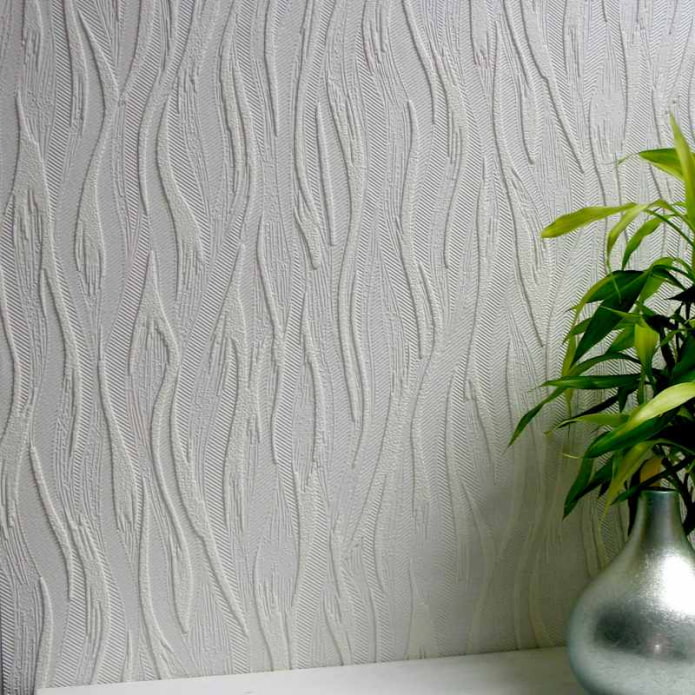
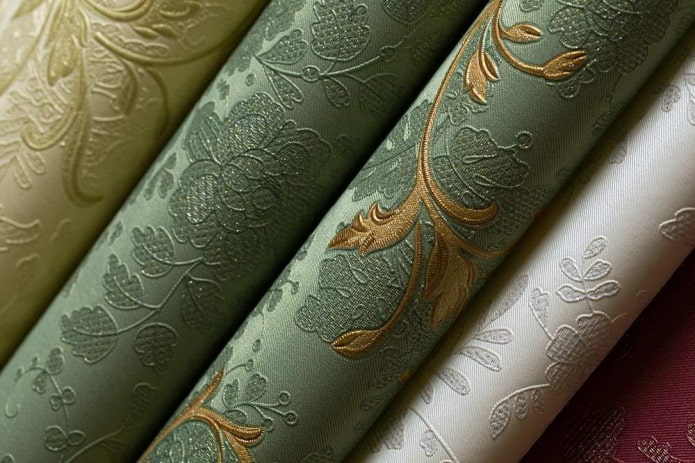
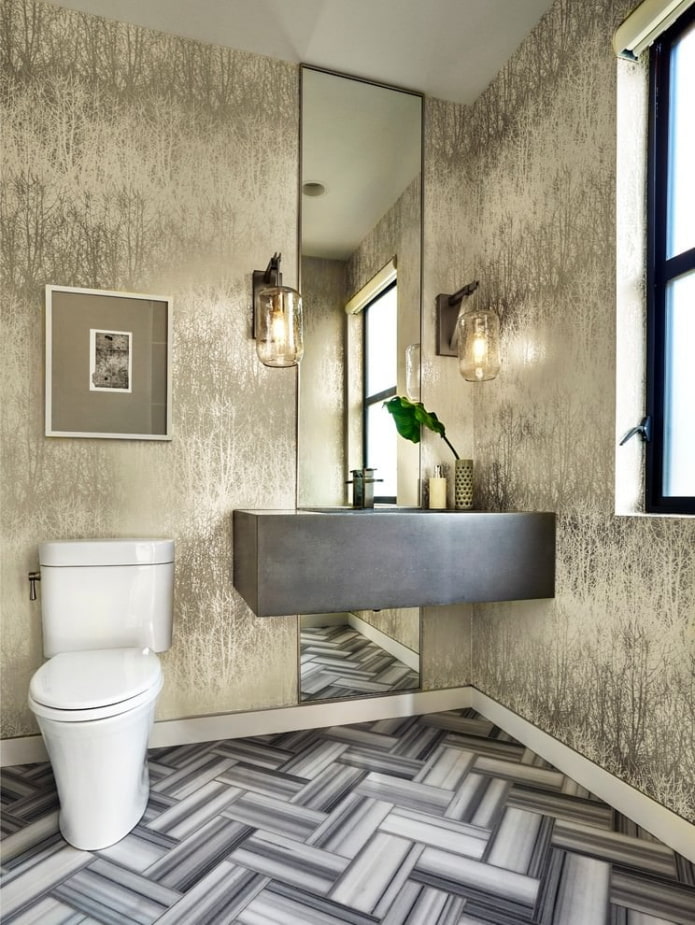

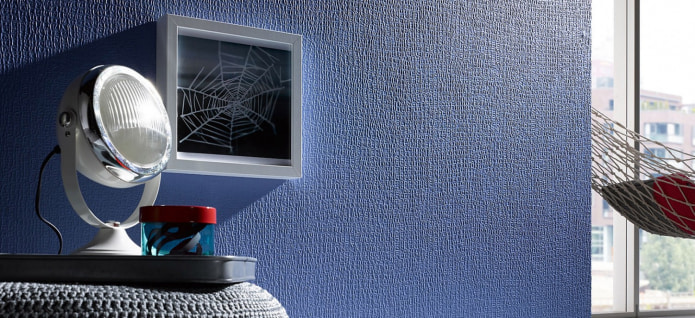


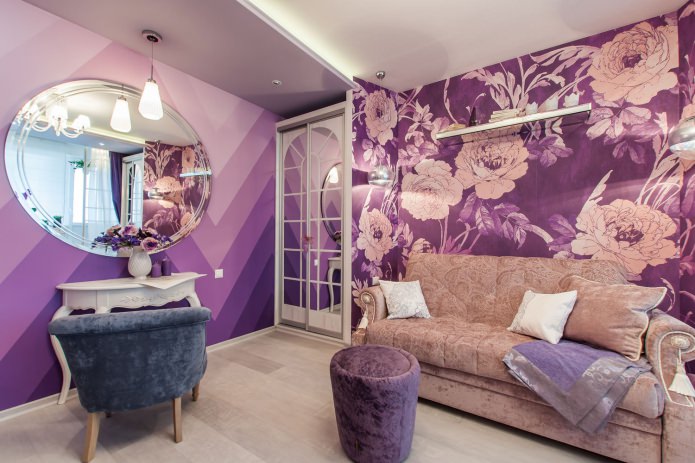
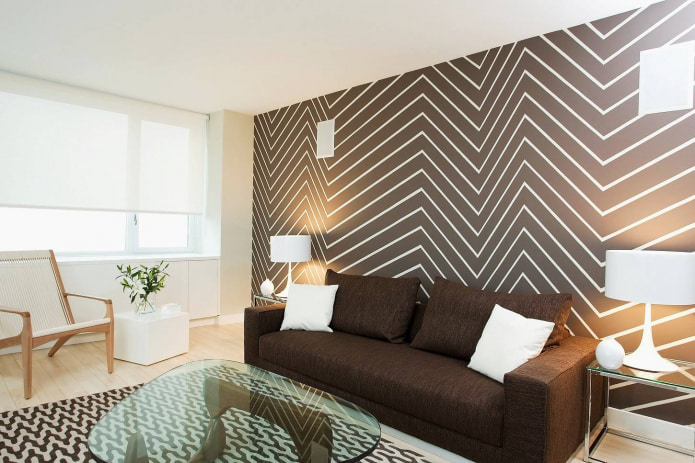
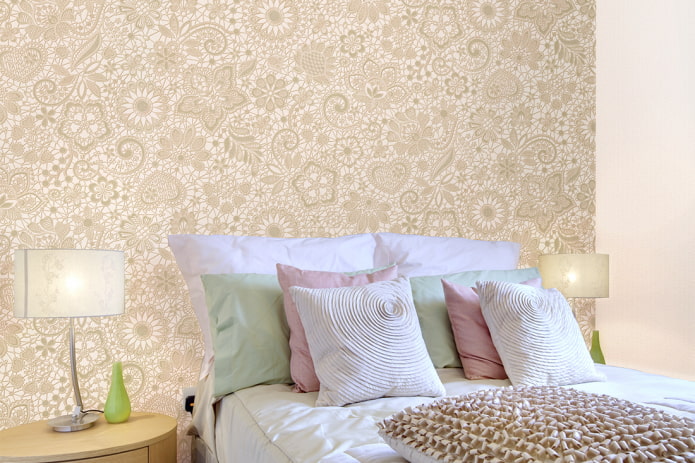
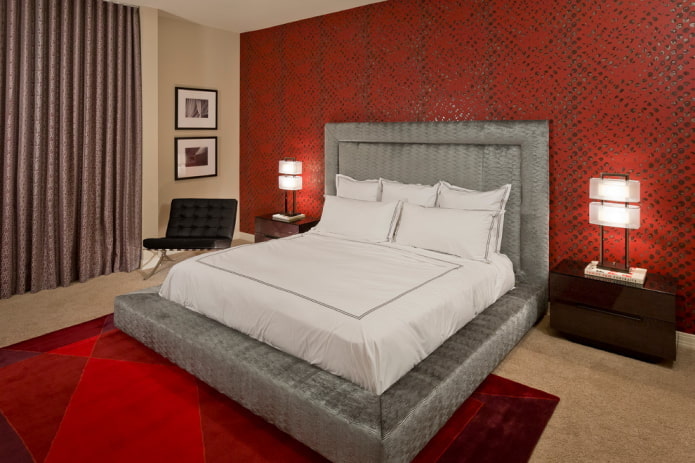
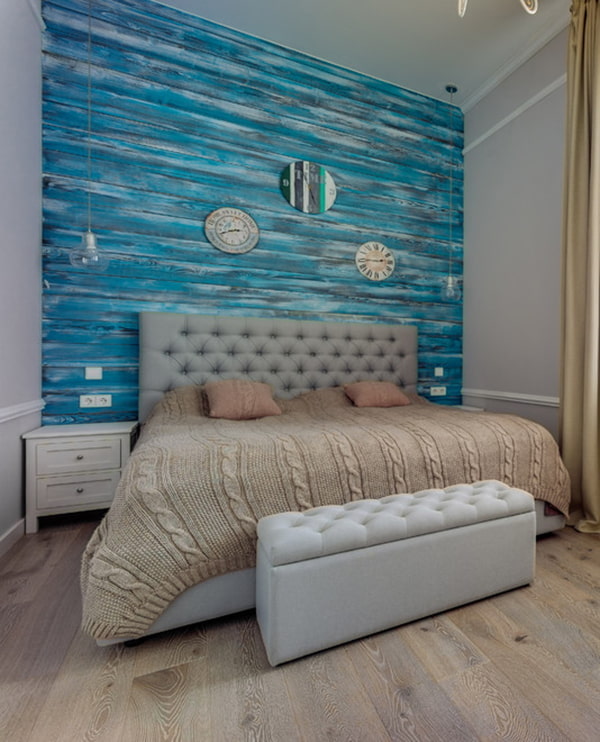

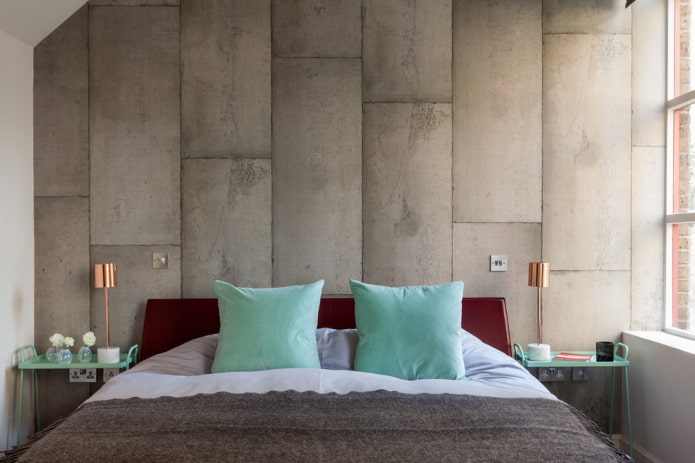

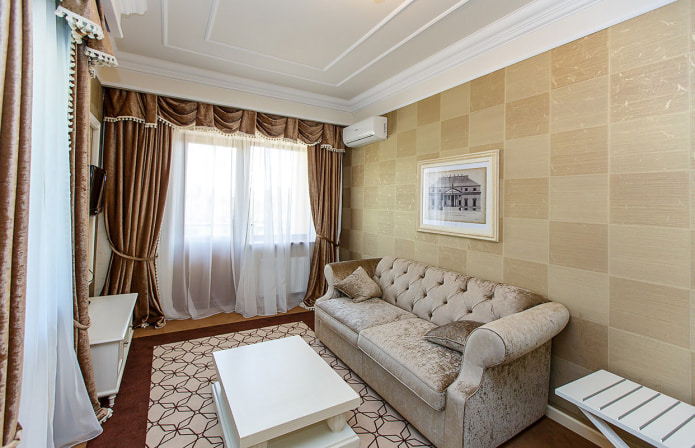
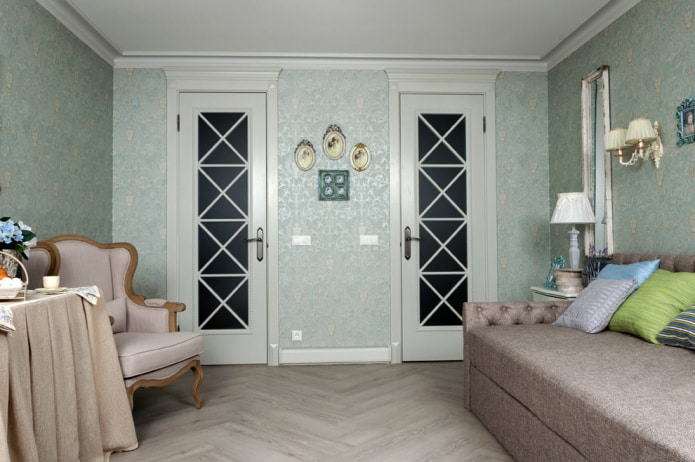
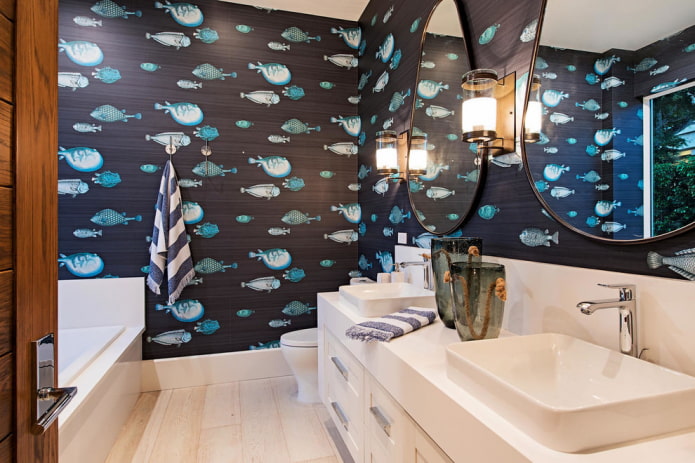
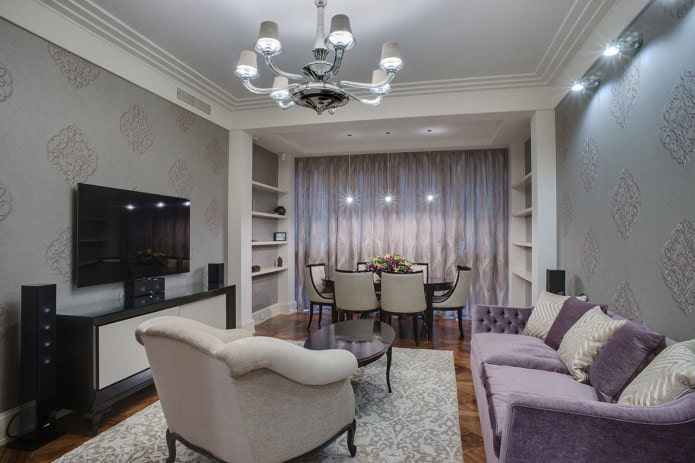
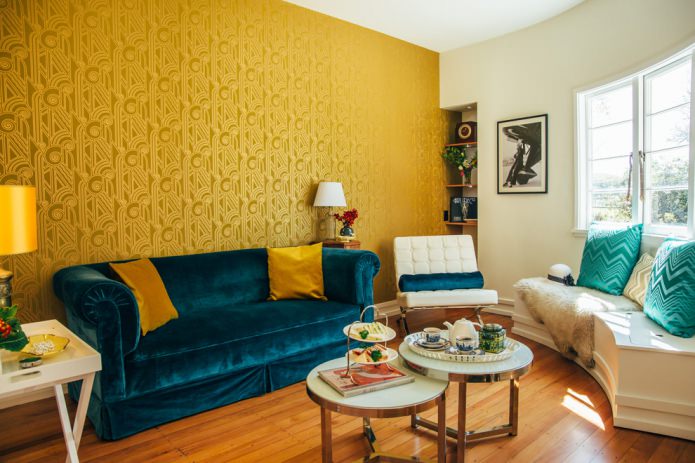
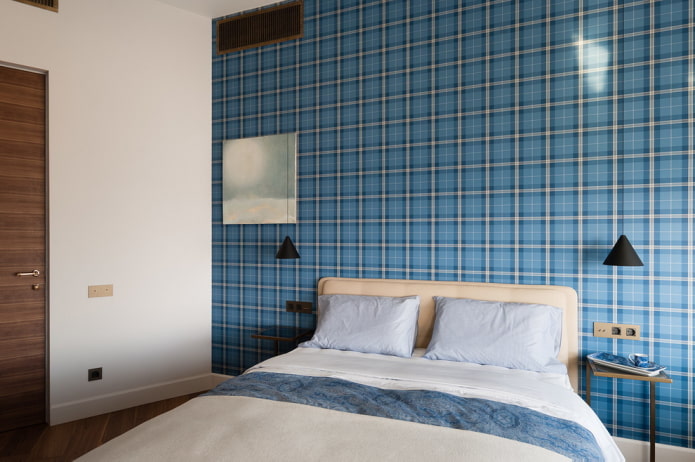

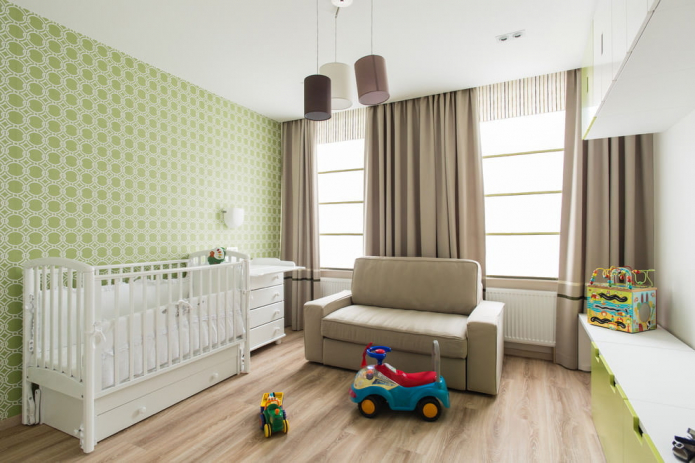

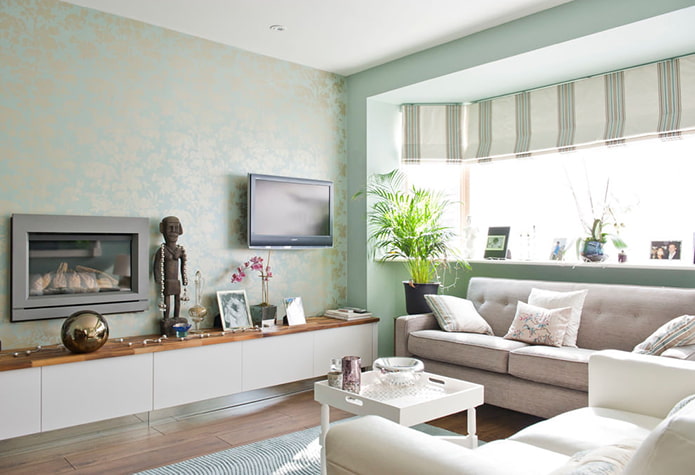
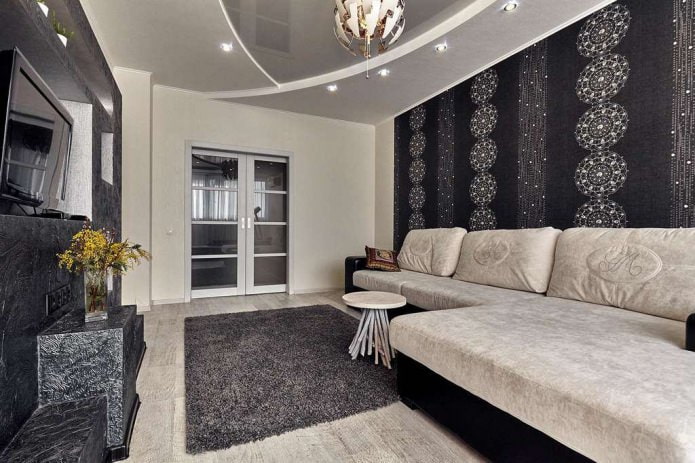
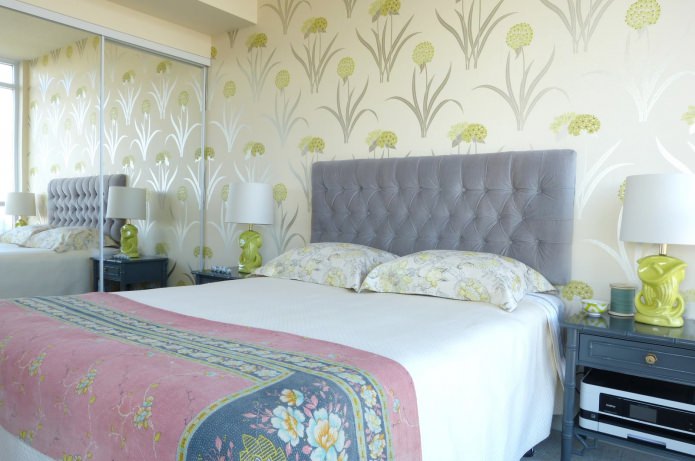
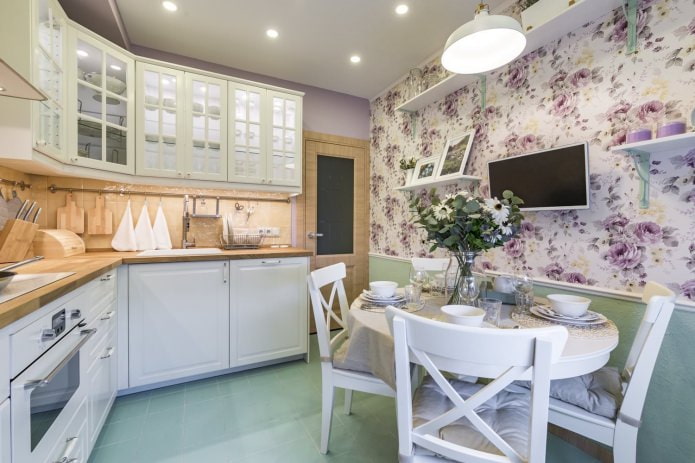


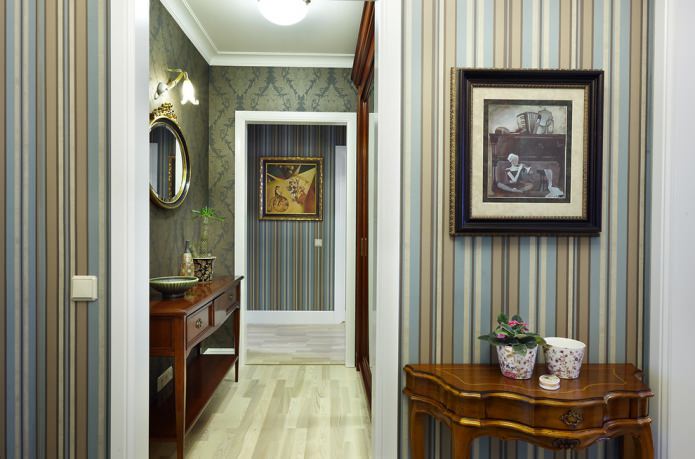
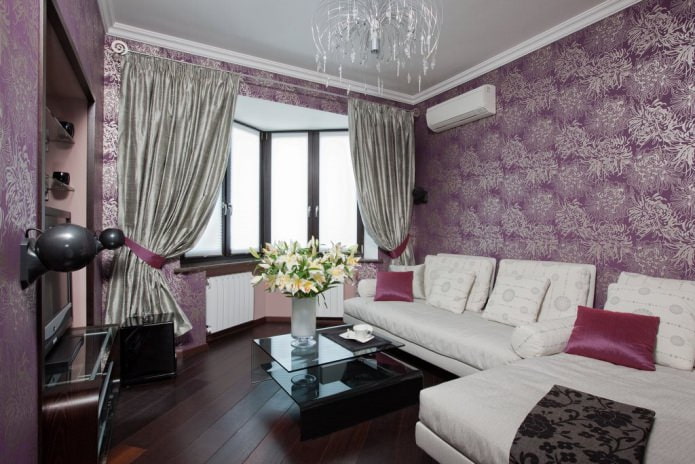
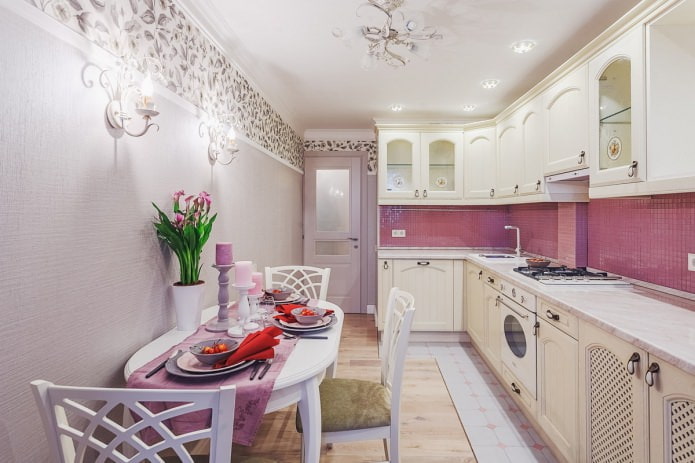
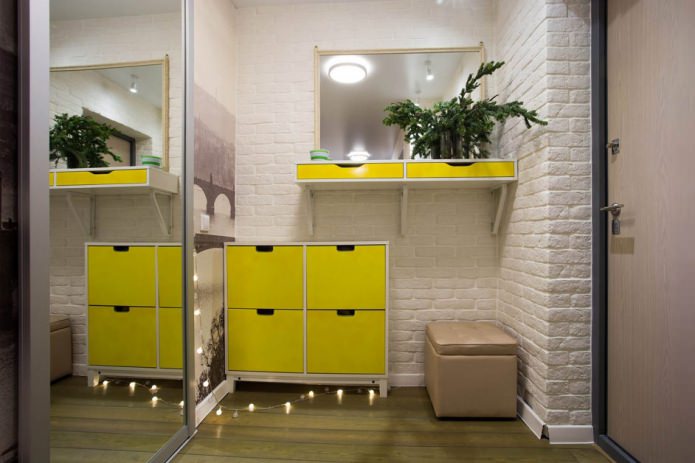

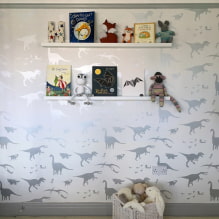
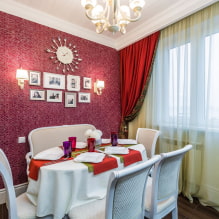
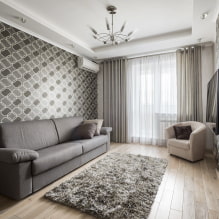
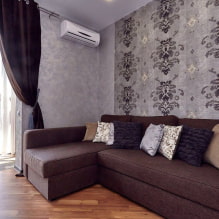

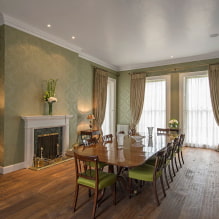
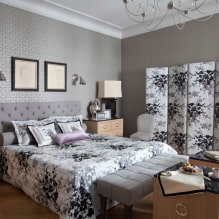
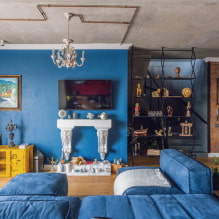

 Installation of ceiling tiles: selection of materials, preparation, procedure
Installation of ceiling tiles: selection of materials, preparation, procedure How to glue the ceiling plinth to the stretch ceiling?
How to glue the ceiling plinth to the stretch ceiling? Ceiling plinth for stretch ceiling: types, recommendations for selection
Ceiling plinth for stretch ceiling: types, recommendations for selection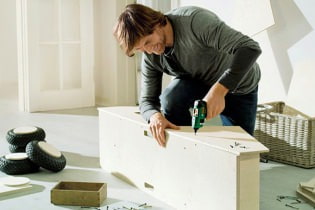 How to choose a screwdriver for home?
How to choose a screwdriver for home?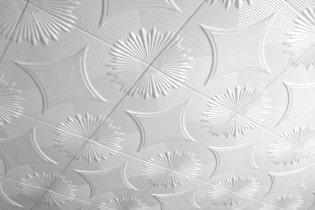 Foam tile for the ceiling: the pros and cons, the stages of gluing
Foam tile for the ceiling: the pros and cons, the stages of gluing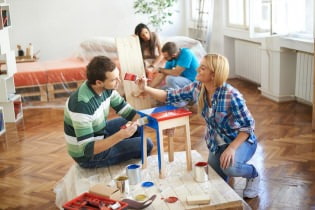 Repair in practice: how to repaint furniture yourself
Repair in practice: how to repaint furniture yourself